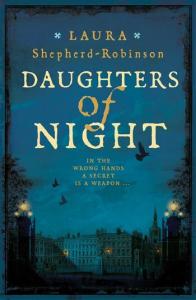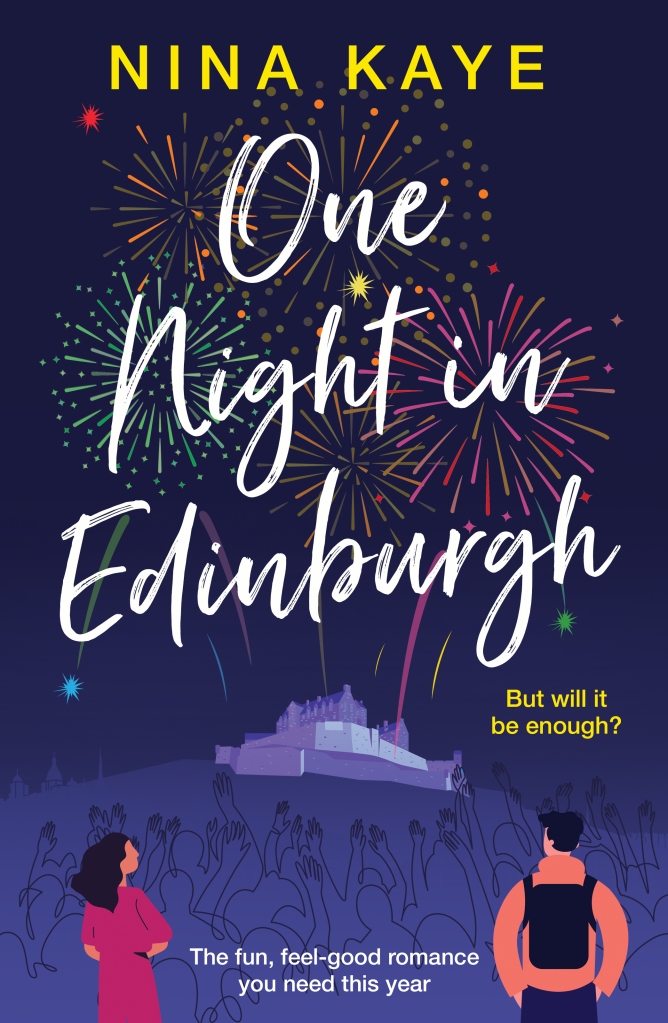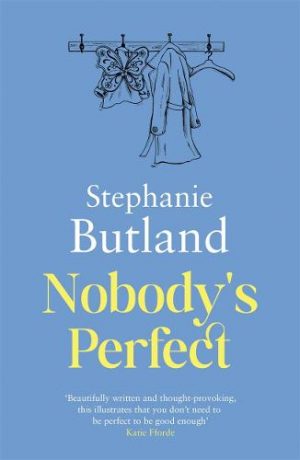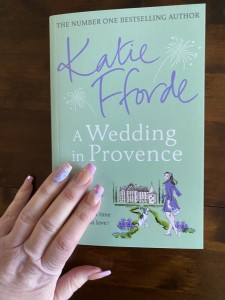I am constantly surprised! Despite my planning, research always throws up fascinating details and plot twists that clamour to be let into the book. Sometimes I resist, but eventually I let them in, even if it means more work.
3. Are you a plan, plan, plan writer or do you sit down and see where the words take you?
I am right on the far end of the planning spectrum. I take about 3 months to plan and research a book, and I always know where I’m going. I write a very detailed chapter plan about 30k words long. Inevitably it all changes as I’m writing, but the fundamentals rarely do. I don’t necessarily recommend it, but I think my books are stronger for it, and I wouldn’t really know how to do it any other way.
4. Having been through the publishing process for the second time is there anything about the process of creating a novel that still surprises you?
About the Book
6. If you could only read one book for the rest of your life which book would it be?

5. What do you do when you aren’t writing? What do you do to relax and get away from it all?
Nothing very exciting! I spend too much time on social media, I eat nice food (my husband is an excellent cook) and I watch Netflix. Currently I am re-watching Babylon Berlin, which is a fantastic German historical crime series that deserves a much larger audience. During lockdown, we have made a Lego Millennium Falcon, and a Lego Star Destroyer, which was the most fun we have had in years.
But with many gentlemen refusing to speak about their dealings with the dead woman, and Caro’s own reputation under threat, finding the killer will be harder, and more treacherous, than she can know . . .
Caro was a character in my first book, Blood & Sugar. She is in a rather strange, unhappy marriage with the main character of Blood & Sugar, Harry Corsham. I loved her as a character and wanted to give her more scenes than the plot of that first book justified. Instead I decided to give her a book of her own.
Laura kindly answered a few of my questions.
From the pleasure palaces and gin-shops of Covent Garden to the elegant townhouses of Mayfair, Laura Shepherd-Robinson’s Daughters of Night follows Caroline Corsham as she seeks justice for a murdered woman whom London society would rather forget . . .
Tinker, Tailor, Soldier, Spy by John Le Carré. I’ve read it so many times and each time I discover something new and brilliant that I’d never noticed before.
You can read my review of Blood & Sugar here.
1. Tell us a little about Daughters of Night.
7. I like to end my Q&As with the same question so here we go. During all the Q&As and interviews you’ve done what question have you not been asked that you wish had been asked – and what’s the answer?
London, 1782. Desperate for her politician husband to return home from France, Caroline ‘Caro’ Corsham is already in a state of anxiety when she finds a well-dressed woman mortally wounded in the bowers of the Vauxhall Pleasure Gardens. The Bow Street constables are swift to act, until they discover that the deceased woman was a highly paid prostitute, at which point they cease to care entirely. But Caro has motives of her own for wanting to see justice done, and so sets out to solve the crime herself. Enlisting the help of thieftaker Peregrine Child, their inquiry delves into the hidden corners of Georgian society, a world of artifice, deception and secret lives.
Who should play Caro in the TV series (I wish!) of Daughters of Night? The answer is, of course, Rachel Weisz.
It is set in London in 1782. At the start of the book, my main character, Caro, a lady in London society, discovers the body of a dying woman in the Vauxhall Pleasure Gardens. When it is discovered that the woman is a prostitute, the authorities lose interest in the case, so Caro sets out to find the murderer herself. There’s much more to the plot than that, but I don’t want to give too much away. At heart it is a novel about women, and the constraints they faced in the eighteenth century. In some ways very different, and in some ways very similar to the constraints that women face today.
2. What inspired the book?







